Hwangje Restaurant (황제식당)
10.8 Km 0 2024-03-29
29 Dodong 1-gil, Ulleung-eup, Ulleung-gun, Gyeongsangbuk-do
Hwangje Restaurant is a Korean restaurant beloved by locals and tourists in Ulleungdo Island. This restaurant is the perfect place to grab a meal right after arriving or before leaving the island since it is close to the Ulleung Ferry Terminal, the main gateway for visitors. Side dishes are carefully prepared as a home-style Korean food, which is not too spicy and goes well with rice. The signature dish here is mussel and barnacle rice. With boiled mussels and barnacles (small-sized crustaceans that live on the beach, reefs, under boats, etc.), Ulleungdo Islands's local ingredients offer a unique taste to seafood lovers. The restaurant also serves various meat dishes, such as squid bulgogi and stir-fried pork.
Dodonghang Port (도동항)
11.0 Km 11319 2021-06-08
Dodong 1-gil, Ulleung-gun, Gyeongsangbuk-do
+82-54-790-6454
Dodonghang Port is a ferry port of Ulleungdo Island, located 188 kilometers northeast of Pohang. The port has a 80-meter quay wall which was completed in 1977 with plans to develop the island into a tourist attraction. The port's yearly capacity is 20,000 tons of cargo, mostly consisting of imported goods for the island residents and export of squid caught around Ulleungdo Island. As ferry passengers on board approach the port, they will see Manghyangbong Peak to the left and Haengnam Lighthouse to the right.
Jeodonghang Port (저동항)
11.0 Km 9888 2021-10-28
Ulleungsunhwan-ro, Ulleung-gun, Gyeongsangbuk-do
+82-54-791-6629
Jeodonghang Port is the biggest port on Ulleungdo Island, where most of the island's squid fishing and related process takes place. Jeodongeohwa, referring to the luring lights from the boats for squid fishing, is one of the famous Eight Major Beauties of Ulleungdo Island. Chotdaebawi Rock, standing next to the port sea wall, has a sad legend about a daughter who died from grievance when her father never came back from fishing.
Haengnam Coastal Walking Path (행남 해안산책로)
11.1 Km 13961 2021-07-28
Dodong-ri, Ulleung-gun, Gyeongsangbuk-do
+82-54-790-6394
Haengnam Coastal Walking Path starts from Dodonghang Port and ends at Haengnam Village. The trail provides the perfect opportunity to see the coastal beauty of the island, with bridges passing open waters between natural cave formations and erroded valleys. About 400 meters from the village is Haengnam Lighthouse. The lighthouse area shows Jeodonghang Port through the pine trees, and the hillside is covered in beautiful yellow flowers in autumn.
Dodong Coastal Trail (도동 해안산책로)
11.1 Km 0 2024-03-29
Dodong-ri, Ulleung-eup, Ulleung-gun, Gyeongsangbuk-do
Dodong Coastal Trail leads to Jeodong Coastal Trail, and together, they form Haengnam Coastal Trail. Dodong Coastal Trail corresponds to section 1 of Ulleung Haedam-gil (2.8km) and is also known as the Coastal Trail 34 course. There is a walking trail with a rainbow bridge and LED streetlights with the geopark logo, making it an attractive geological site among tourists.
Various geologic structures formed by early volcanic activity on Ulleungdo Island can be observed on the Dodong Coastal Trail. There is a gradual decrease in the age of rock formations as you go from Dodong Port to Dodong Lighthouse. Basaltic lava flows, Clastic sedimentary rocks (rocks made up of pieces transported by landslides), ignimbrite (a volcanic rock formed by the consolidation of material deposited by pyroclastic flows), and trachyte (an extrusive igneous rock) can be found from bottom to top.
Dodong Lighthouse (도동등대(행남등대))
11.5 Km 10147 2021-06-23
291-71, Haengnam-gil, Ulleung-gun, Gyeongsangbuk-do
+82-54-791-2594
Dodonghang Lighthouse is located on the easternmost point of Ulleungdo Island, between Dodonghang and Jeodonghang Ports. The lighthouse is also called Haengnam Lighthouse after the nearby village. On clear days, visitors can see Dokdo Island to the east from atop the lighthouse. To the north, visitors can see the beautiful landscape of Jeodonghang Port, Chotdaebawi Rock, and Seonginbong Peak.
The lighthouse opened as an unmanned lighthouse in December of 1954. However, an increase in fishing boats operating in the area led to the upgrade into a manned lighthouse in June 1979.
Gwaneumdo Island (관음도)
11.6 Km 0 2024-03-29
Cheonbu-ri, Buk-myeon, Ulleung-gun, Gyeongsangbuk-do
Gwaneumdo Island is the third largest island among the islands around Ulleungdo Island. Gwaneumdo Island was originally connected to Ulleungdo Island, but as a result of being eroded by the sea for a long time, it separated from Ulleungdo Island. There is a suspension bridge between the two islands, so visitors can travel on foot. Gwaneumdo Island has three observatories and two trails (Courses A and B), allowing one to enjoy the scenic highlights of Ulleungdo Island. Also worth seeing are the coastal cliffs of Gwaneumssanggul Twin Caves and the columnar joints that appeared due to cooling lava flows. The scenery with the various seasonal plants is spectacular. Strong winds can cause access restrictions, so it's best to check the Ulleung-gun county government office's website before visiting.
Ulleung Jukdo Island (죽도(울릉))
12.7 Km 28016 2021-07-30
59-9, Jukdo-gil, Ulleung-gun, Gyeongsangbuk-do
+82-54-790-6454
Jukdo Island is a small inhabited island near Ulleungdo Island, located 4 kilometers apart from Jeodonghang Port and 7 kilometers away from Dodonghang Port, both of which are nestled northeast of Ulleungdo Island. Normally, tourists visit Jukdo Island on their way back to the 'mainland' by taking a ferry service that departs from Dodonghang Port.
The natural environment of Jukdo Island is uncontaminated, thus almost everything is so pristine to the extent that people can even collect rainwater to drink, much thanks to its geological and cultural distance from the more modernized parts of Korea.
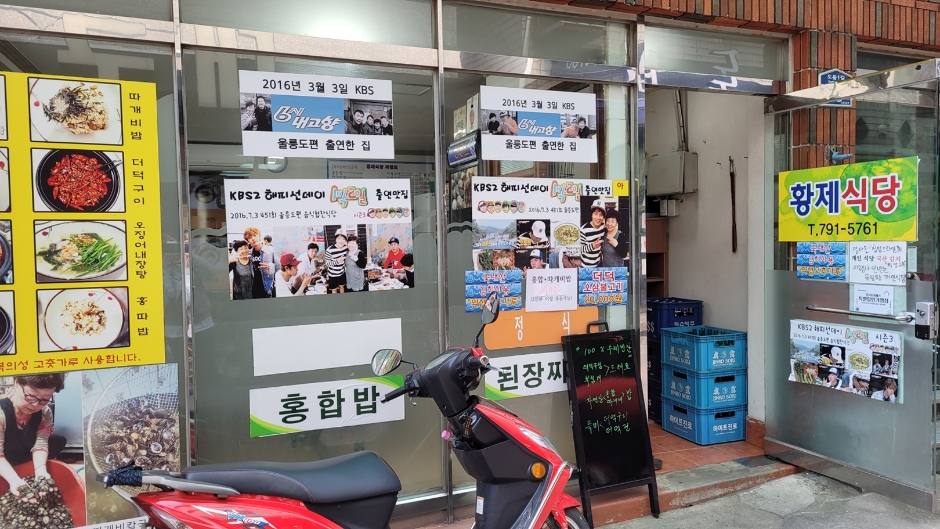
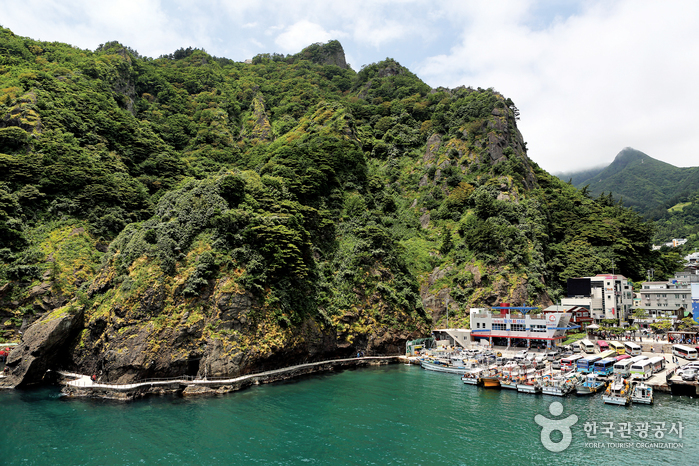
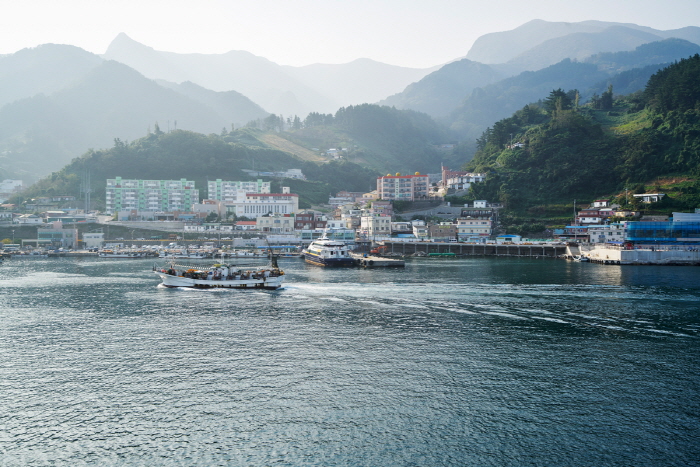
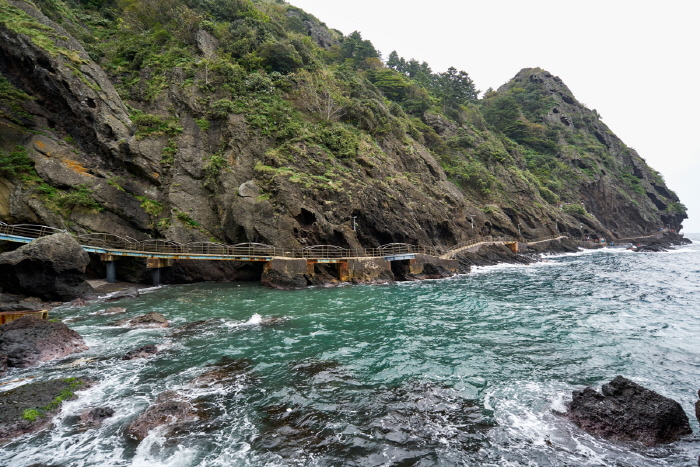
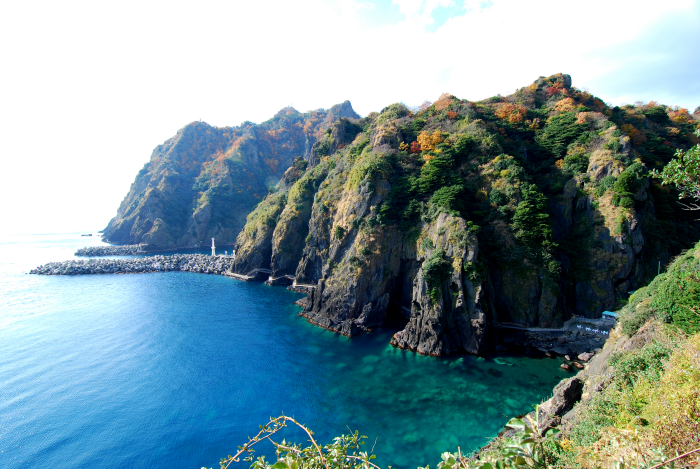
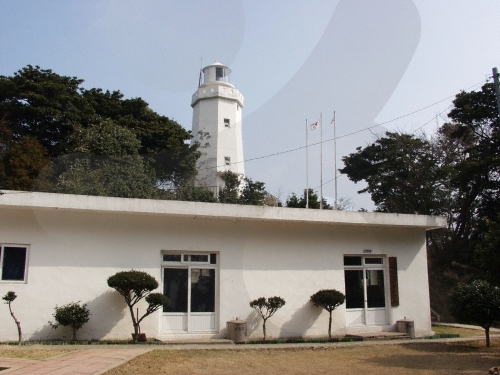

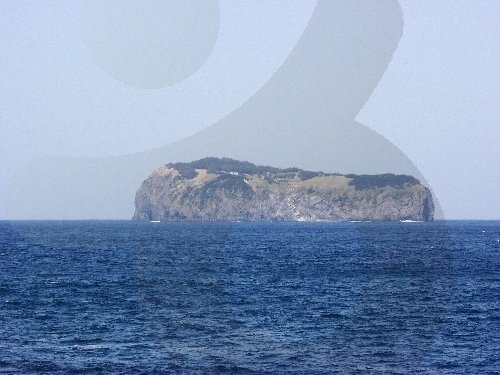
 English
English
 한국어
한국어 日本語
日本語 中文(简体)
中文(简体) Deutsch
Deutsch Français
Français Español
Español Русский
Русский